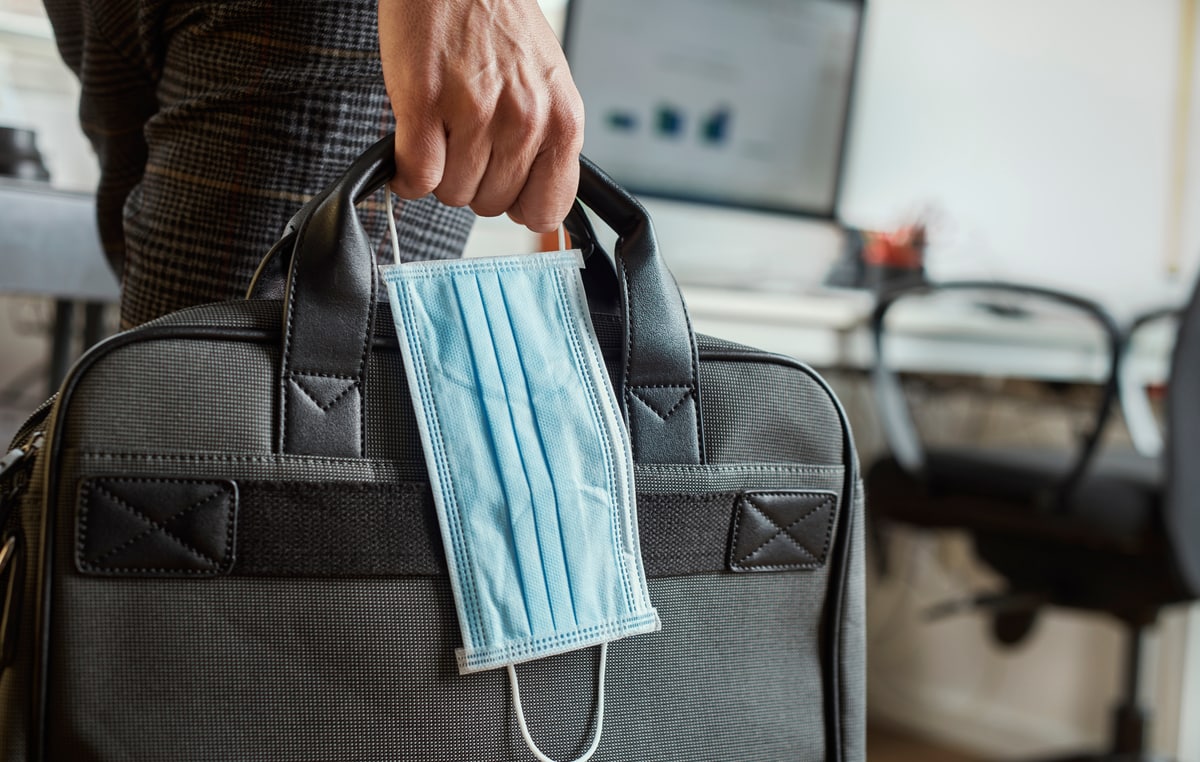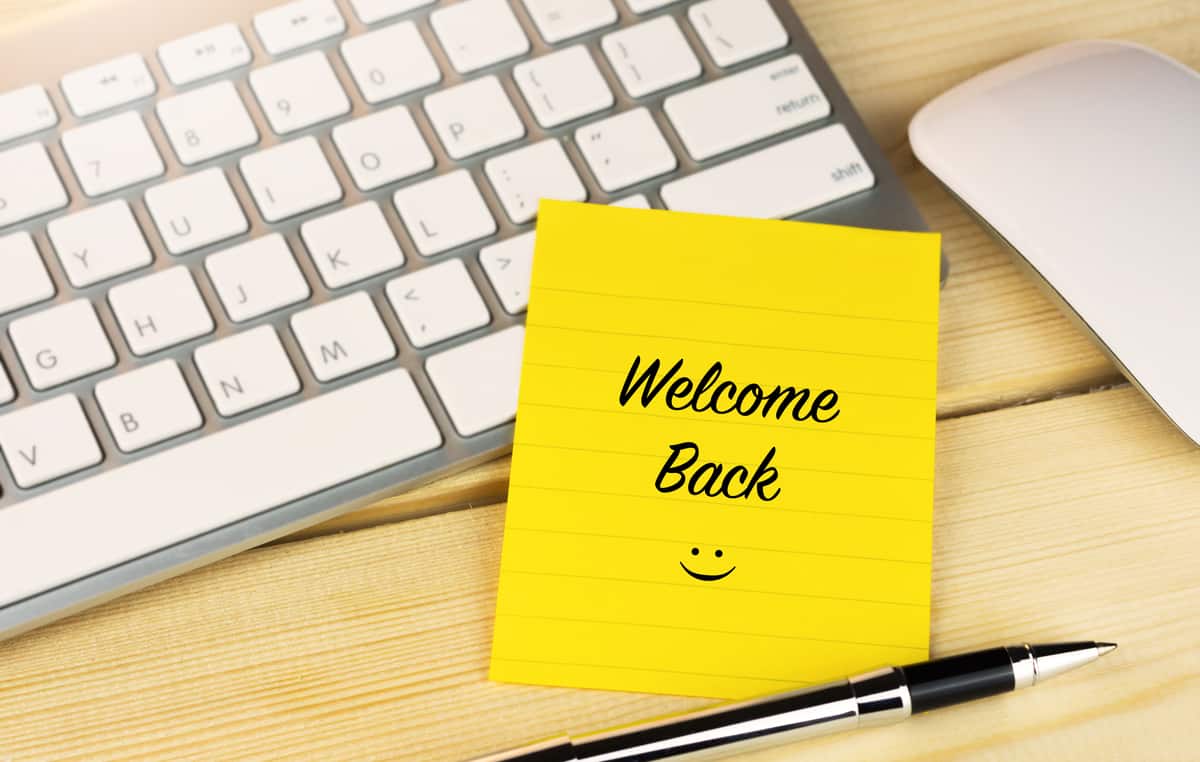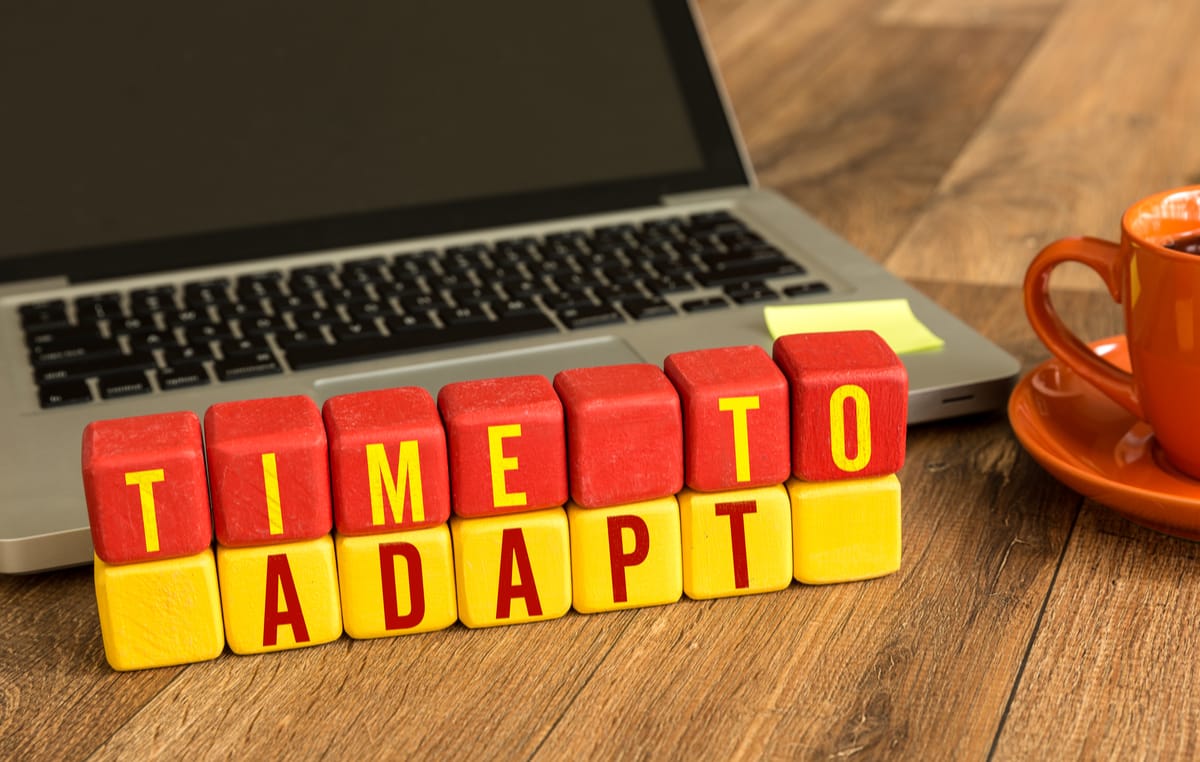
What makes going into the office worth the commute?
In a post-covid work environment, where research has shown hybrid work is going to be an option for many members of the workforce, the question is this: what makes it worth going into the office? After more than a year of proving to employers that remote work is possible, employees will need to determine what the in-person office provides, to justify the commute. Read on as we address what benefits companies can provide only in the office itself that does not exist remotely. With hybrid work enabling employees to split their time between home and the office, it’s up to employers to entice employees back into the office so people can make the most of their time when they do return in person.
Smartway2 enables you to implement hybrid working with ease. To see for yourself how to create a touchless, on-demand, adaptive workplace, book a demo.
Reasons to Return to Work

Prior to COVID-19, the majority of the workforce followed the conventional 9 to 5, 40-hour workweek in an office. While in recent years some adopted a hybrid work style, everything changed during the pandemic, as most industries were forced into a completely remote modality. Technology has allowed the workforce to transition into remote work, so with companies currently reimagining their post-pandemic workplace, research has shown there are very specific reasons employees want to make the commute back to the office once it is safe to do so. For example, commonly cited reasons include socialization, collaboration and professional development.
In a recent Forbes piece by Tracy Brower, a sociology PhD and author, she cites data from global research done by Steelcase, an office furniture manufacturer, about the future of the workplace and what exactly people are looking for in the return to work. “In 10 out of 10 countries surveyed, isolation was the greatest concern from people working at home. We need our people, we miss our colleagues and work is a fundamental way this desire for belonging and community is fulfilled. Sure, we can connect virtually, but it’s just not the same. If the social isolation weren’t problematic enough, in the US, people also felt they were becoming gradually less productive, and they were experiencing reduced engagement and slower decision making.”
When it comes down to getting people to want to come back into the office, Brower says it’s all about leadership. According to Brower, “Leadership will be key. In order to engage and motivate people—and to bring them back successfully—great leaders will have to display empathy, engage people’s sense of purpose and help connections thrive.”
Lee Zweig, account director of business communications at VTSL, a cloud communications provider, put together a list of “8 reasons to go back to the office.” We are sharing Zweig’s list below:
- Unintended collaboration
- Relationship building
- Workspace balance
- Recalibrating to the new normal
- Team generated problem-solving
- Missing out
- Quicker communication
- Company loyalty/employee retention
Adding Value in the Workplace

After employees have spent a year working remotely, getting workers motivated for a return to the office boils down to re-thinking the way an office is set up to optimize the space for specific types of activities. This may include ditching the idea of an open layout and instead embracing the idea of an activity-based work (ABW) environment.
At Smartway2 we have written extensively on this subject. One recent blog post explains ABW this way, “Activity Based Working is a concept built on the idea that office work no longer needs to be in a fixed location. It disregards the idea that employees need assigned workstations and desks, and instead supports employees by viewing work as a fluid activity that can change on a daily basis.”
While more specific information about the benefits of ABW is included in the post we mentioned above, we are sharing some here as well:
- It boosts productivity and engagement as it enables staff to work in the setting they feel works best for them. It increases motivation, creativity and concentration levels.
- More efficient use of space and cost savings as dedicated desks require businesses to pay for furniture, storage and equipment for every employee. ABW environments allow business owners to be creative with space, making for a better workplace environment.
- The health and wellbeing of your staff will improve. Activity-based working can have a positive impact on the mental well-being of staff. According to some studies, Sitting is the new smoking and by implementing ABW you are encouraging your staff to move around the office more.
What elements should be included in a new work set up?

According to Veldhoen + Company, the founders of activity-based working with over 30 years experience, companies need to consider the following to entice employees back into the office. “Instead, organisations should be thinking about what it is that they want to support their people to do when they come together in this central office location, as well as to work from home or third space. This decision should be shaped by an organisation’s strategic and cultural imperatives. The question then becomes: what is the best way to support these in our workplace? If you are making a significant investment in real estate, it should be returning a significant advantage. Aligning the way your people work to best support the realisation of organisational vision, values, and strategies are where that value is unlocked. Providing dedicated desks to employees just because that is the way it has always been done, is not.”
When thinking about what specific elements you should include for convincing your employees why they should return in person, you first need to determine what kind of space your employees are looking for and how that is different from before COVID-19.
According to Corinne Murray, activity-based working and change expert at WeWork, a company that provides flexible working spaces, companies looking to have an ABW environment need to provide sensory experiences. Murray says, “ABW spaces need to provide ABW spaces need to provide employees with explicit and implicit cues about how to use a space. Whether they need to access high- or low-energy space for the type of work they’re doing, employees should be able to easily gauge which space is right for them at the moment.” The company also says behavioural reinforcement is key. She continues, “With optimal ABW design and sensory cues, space itself works best when people are aware of its expectations: Being quiet in the study, using phone booths for calls, bringing personal belongings with them to allow others use of space, and feeling empowered by their teams and people leaders to use the space as it suits them and the work at hand. No amount of free coffee will encourage a team to have a meeting in the kitchen if their leaders frown on them being away from their desks.”
Adaptive Workplace

For more information about the importance of preparing for the adaptive workplace, take a few moments to watch our latest webinar. You can learn more and watch that webinar HERE.
Smartway2 helps organizations transform the workplace experience, by enabling employees to book desks, spaces, equipment and any other facilities they need in the office. This generates utilization data that empowers facilities, HR, IT and Ops teams to optimize the employee journey to improve wellbeing, productivity and sustainability.


